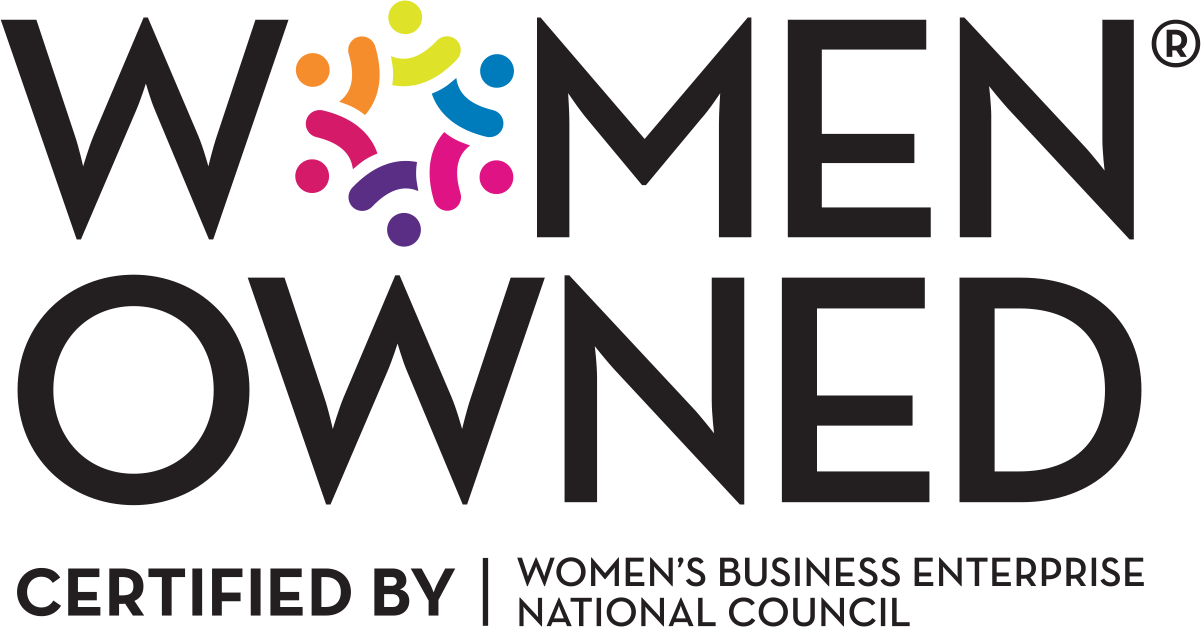Long gone is the misconception that social media is not for B2B companies. B2B has ditched those antiquated ideas and traded them for more integrated strategies that include digital tactics—and yes, social media. More specifically, B2B brands are finding success on LinkedIn. Whether you are looking to beef up your LinkedIn strategy or if you’re just getting started, here are four tips to get you on the right track.
Optimization
First, make sure your company information follows the three C’s: it’s clear, concise, and correct. Nothing frustrates your audience more than having to search for information, eventually find it, and realize it’s incorrect. This information should clearly state what your company does and be consistent with your website and other social media channels.
Tip: Use simple imagery for your cover photos. Avoid adding text if possible. A clean, simple image is more flexible when seen on different screen sizes.
Identify brand ambassadors
Due to the continuing increase in paid content on social media platforms, organic reach is slowly being squeezed out. To fight this, you need to come up with new, creative strategies to get your content seen. One thing you can do is implement a brand ambassador strategy. Encourage your team members to share, like, and comment on your company posts from their personal accounts. This will distribute your content more broadly and allow it to reach more people.
Tip: Just as you’ve optimized your company page, make sure your brand ambassador pages are optimized. Make sure their descriptions are clear, and their profile information is complete. It’s a great way to show off your team as experts in their field. If your ambassadors are active in any groups related to your industry, encourage them to share there as well. Every little bit helps!
Start publishing content
Until you start tracking your content through analytics and building your audience, you won’t know what works and what doesn’t. That shouldn’t stop you from releasing engaging content. Vary your content types: video, branded images, company photos, blogs, website links, etc. Trying these different things over time will create opportunities for you to see what your audience finds engaging and to do more of it. After all, while your page is technically about you, the information you are giving your audience should be about them and what they find valuable.
Tip: Utilize hashtags and native video. Be sure to include subtitles with your video so your audience can follow the video without sound.
Keep an eye on the analytics
It’s essential to monitor your audience to evaluate the performance of your content strategies. LinkedIn allows you to see the makeup of your audience by location, industry, and even title. Aiming for those C-suite folks? Filter your reports by title, and LinkedIn will let you know if they visited your page. And there’s so much more LinkedIn enables you to track. You can see the details of page visits, traffic volume by day, week, month, etc. All this reporting helps you craft your content and engagement strategies.
Tip: Don’t stop there! How does LinkedIn affect traffic on your website? Google Analytics can show you which site your website visitors came from. It also tracks which pages were visited, how long they stayed, and their last page before leaving your site. You can also get some basic demographic information, like what city they’re in and what device they’re using. All of this is useful information to your strategy and available at your fingertips.
Have questions about social media and how to make it work for you? Our team would love to help. We even have social media packages that are fit for any budget or company size. If you don’t see something that works, we’ll customize a package for you.


Recent Comments